NAD VISO HP50 with Roomfeel Headphone Review
“Headphone listeners listen to recorded music that was designed to be heard in a room”. That sums up Paul Barton’s design of Roomfeel. Roomfeel is a target frequency response design for a headphone that takes into account the room gain and soundstage of a neutral loudspeaker in a reference listening room.
It is interesting to me as there is subjective/objective correlation between what Paul Barton has designed and the target headphone frequency response that Sean Olive and team over at Harman have designed.
There is also good correlation between a loudspeakers preferred frequency response in a reference listening room and the preferred frequency response of a good sounding headphone. Let’s explore this scientific research, as it directly relates to this headphone review.
The Science of Preferred Frequency Responses for Headphones and Loudspeakers
This section of the article is a brief summary of the scientific research behind what makes for a good sounding headphone, … and loudspeaker for that matter. This is required to understand why the NAD HP50 headphones are special, and in my opinion, marks a major milestone in headphone sound quality. There are several charts and graphs, laid out in order, so folks can see the steps that arrive at the conclusions.
If you are not interested in the scientific research, then skip to the subjective listening results section (link).
I sometimes review loudspeakers and digital loudspeaker and room correction software products here and here on CA. I have always been fascinated by what makes a good sounding speaker in a living room environment. Paul Barton, Floyd Toole, Sean Olive and others have made professional careers out of performing scientific research finding this out.
Given that Harman publishes its research, let’s start there, and with loudspeakers first. Then we will see how a preferred loudspeaker frequency response, in a reference listening room, translates into a preferred headphone target frequency response and vice versa. Finally, we will compare with Paul Barton’s Roomfeel design.
Sean Olive’s article on, The Subjective and Objective Evaluation of Room Correction Products, came to an interesting conclusion: that a measured, in-room flat frequency response is not the subjectively preferred frequency response for many listeners. It is perceived by ones ears as having no bass or thin sounding. As it turns out, a flat, but tilted, measured frequency response is most subjectively preferred by the majority of listeners in Sean’s study:
The red flat, but tilted response in the chart above is the most preferred response. If 20 Hz was 0 dB, then it is a straight line to approximately -10 dB at 20 kHz. I have used digital loudspeaker and room correction software products to achieve a similar result with my (well designed) loudspeakers in my listening environment. This is the in-room measured frequency response of my JBL’s with dual subs at the listening position:
20 Hz to -10 dB at 20 kHz ±3dB and ±1 throughout most of the frequency range.
Note that this preferred in-room target curve does not guarantee good sound. The loudspeaker needs to have flat anechoic response and smooth sound power. If it has this then you only need to correct below the room transition frequency (200-500 Hz). A great example of this is Paul Barton’s Imagine T3’s described in the next paragraph. Otherwise you might equalize the steady-state in-room response to this target and compromise either the direct or reflected/off-axis sounds. Of course, if the speaker has smooth directivity (difference between on-axis and sound power) then blind in-room EQ is less problematic. My JBL’s have smooth directivity so sounds great both on and off-axis.
Since we are discussing Paul Barton designs, here is one of Paul’s flagship loudspeaker designs that also has a measured in-room 10 dB tilt from 20 Hz to 20 kHz. Mark Henninger of AVSForum reviewed the PSB Imagine T3’s and measured at various locations around the listening position and then averaged the 8 measurements:
Wow, other than a couple of room modes, this speaker’s voicing is the same as Harman’s preferred target response… without any eq. Amazing. As Mark’s review attests to.
According to Harman’s research, this objectively measured flat, but tilted frequency response, (i.e. spectral balance), is subjectively perceived by our ears as a flat or neutral or accurate response:
See overlaid red curve above. That’s how we “perceive” the frequency response of a measured in-room response of 20 Hz straight line to -10 dB at 20 kHz. Fascinating research.
Sean conducted another scientific study, this time, choose an accurate loudspeaker and equalize it to a flat in-room response in a reference listening room. Then have listeners adjust the bass and treble levels to their preferred level:
Most listeners arrived at the black curve. The red dotted curve is from Sean’s previous study on room correction products above.
Note the predicted in-room response in cyan, is based on Harman’s spinorama method of anechoic loudspeaker measurements. A little shy on the bottom end, but an amazingly accurate prediction of in-room response hitting the preferred listener’s frequency response (i.e. neutral spectral balance), based on Harman’s spinorama method.
The engineers at Harman dubbed the measurement of frequency response, the Spin-o-rama, since it involves spinning the loudspeaker on two axes, and accumulating a total of 72 measurements. The collection of raw data is computer processed to generate a set of curves showing estimates of the distinctive regimes of sound arriving at a listener’s ears in a typical room.
The predictive model based on the spinorama data actually predicts listeners’ preference ratings in a controlled listening test with a correlation of r = 0.86 between predicted and observed preference ratings. The predicted in-room response can be calculated from the spinorama data and includes a weighted combination of the listening window, sound power and early reflections. It’s pretty accurate down to the room transition frequency where standing waves/room boundary effects are not part of the anechoic data. That in of itself is a major breakthrough.
As a side note, Harman’s spinorama research is public domain, so any loudspeaker manufacturer can use the same approach, and I wish more would! I am tired of overly bright and/or thin sounding loudspeakers and/or with uneven off-axis frequency response. As Floyd Toole says, it is no mystery on how to design a good sounding loudspeaker. In fact, the spinorama is now part of an international standard.
In conclusion, we can verify a loudspeakers neutral spectral balance based on an in-room, steady state measurement. I.e. ~ 10 dB downward tilt from 20 Hz to 20 kHz. Harman’s research can predict this in-room preferred response and listeners’ preference rating of the loudspeaker based on their spinorama methodology.
My ears agree with the research, as I have tried many target curves, on several loudspeakers, and ended up preferring the 10 dB tilt target. The tilted response does sound subjectively neutral to my ears. No one frequency or range sounds greater in magnitude than another. On my system, listening at reference level, it does not sound too bass heavy or too bright. In fact, all the music I listen to sounds just about right. Save for the dynamic range compression.
So what the heck does any of this have to do with headphones? Well, if the methodology above worked for loudspeakers, why not try the same with headphones:
Note the “…stereo recordings are optimized to sound best through loudspeakers in rooms…” Same as Paul Barton’s opening statement at the beginning of this article.
The methodology this time is to equalize an accurate headphone to the same flat response as the loudspeaker at the Ear Drum Reference point. Then listeners adjust the bass and treble levels to their preferred level:
How to read a spinorama chart.
Harman uses a G.R.A.S. ear simulator mounted to a dummy head and averaged the frequency response measurements over 3 head positions. There are measured at the ear drum:
Again, Harman had each participant adjust the bass and treble to find the optimal bass and treble balance.
The results:
To be clear, the black headphone target frequency response curve is the equivalent of a loudspeaker in a reference listening room with a measured response of ~ 10 dB downward slope from 20 Hz-20 kHz. Both of which are subjectively preferred and perceived as flat or neutral sounding to our ears. Or put another way, as Floyd Toole describes, accurate and preferred are synonymous. The green dotted curve is the equivalent of the in-room measured response that is flat from 20 Hz to 20 kHz, which is not the preferred response, but used as the reference point for the listeners to adjust bass and treble to their preferred response.
So correlation based on the reverse science experiment confirmed. I.e. start with a flat headphone response and have the participants adjust bass and/or treble to sound the most preferred or neutral or dare I say, accurate response. Which also turns out to be the same frequency response as starting with a set of loudspeakers equalized flat and having the participants adjust bass and treble to arrive at the same target curve preference. Quite the correlation.
There have been a few tweaks to the Harman target curve, mostly bass response and how it is affected by different types of headphones. OE means over ear and IE means in-ear. The preference is for a bit more bass (~4 dB) for in-ear headphones versus over ear headphones:
Each study is pretty close, with variability mostly on the bottom end. Note again, these are measured at the ear drum via a G.R.A.S ear simulator. I assume a similar “at the ear drum” approach to Binaural Hearing, Ear Canals, and Headphone Equalization (PowerPoint) by David Griesinger. Sean Olive commented that David thinks that every headphone should be equalized to the individual listener by either measuring at the ear drum via probe microphone or a loudness matching experiment where you adjust bands of noise for equal loudness: How to equalize headphones for accurate timbre and frontal localization without head tracking.
Now that we have walked through Harman’s approach, here is a 30 minute interview with Paul Barton from PSB explaining how he arrived at more or less the same place. It is quite amazing how similar the results are and as Paul says, Harman has basically validated his approach.
My point is to say that there is some great scientific research going on correlating objective measurements with subjective preferences for neutral response, both for loudspeakers and headphones. I hope this research continues as it would be great to see more neutral sounding speakers and headphones on the market. Currently, it is still mostly the “Wild West” as Sean Olive has shown in his studies that there is almost zero correlation between the cost of headphones and neutral frequency response: r = 0.138 for IE and r = 0.17 for AE/OE headphones. Breebaart came up with similarly low correlations between frequency response and price.
Here are links to the articles I used to summarize the above. If you were to read only one article, I would recommend the first link:
- Perception & Measurement of Headphone Sound Quality: Is there a Preferred Target Response? Sean Olive
- The Perception and Measurement of Headphone Sound Quality: Do Listeners Agree on What Makes A Headphone Sound Good? Dr. Sean Olive, Todd Welti & Elisabeth McMullin
- Development of the Harman Headphone Target Curve – Sean Olive
- DEVELOPMENT OF HARMAN HEADPHONE TARGET CURVE - Sean Olive
- Loudspeakers and Rooms for Multichannel Sound Reproduction – Floyd Toole
- Interpreting Headphone Measurements - Innerfidelity
- 15 minutes with Audio Guru Sean Olive – Sound and Vision
- R3WG1 -- ANSI/CEA-2034-A -- Standard Method of Measurement for In-Home Loudspeakers
- Factors that Influence Listeners’ Preferred Bass and Treble Levels in Headphones – Sean Olive
NAD VISO HP50 with Roomfeel Objective Measurements
From Innerfidelity
Tyll Hertsens, former Editor in Chief at innerfidelity.com reviewed these headphones and recorded these measurements. Here we are looking at the measured HP50 frequency response as provide by Tyll using their own headphone measurement system:
And in the context of the Harman target curve:
The top set of grey curves is the NAD HP50 and the bottom set is the FOCAL Spirit Professional.
From Tyll’s YouTube presentation on, “Finding Flat: How to Interpret Headphone Measurements”, he said of the NAD HP50’s, “That is about as close as you will get to this (Harman) curve with a pair of headphones.” Given that Tyll has reviewed and measured approximately 1000 headphones (wow!) that is quite the statement.
Something to ponder, as I did when I simply ordered a pair right after hearing that statement. For me, for both speakers and headphones, neutral, accurate response is what I prefer and always looking for. At the very least, it is a reference baseline sound quality.
Mitch’s headphone measurements
I don’t have a G.R.A.S. measurement system, which is around $20K. There also appears to be some issues with the reliably of measuring the high frequency response. Keith Howard’s recent article about where Innerfidelty is going with their headphone measurements covers some of these issues.
I am going to take a different approach. Actually two approaches. One is that I have a 3DIO Free Space Binaural microphone that I use for binaural recordings and thinking I can put a pair of headphones on and measure the response.
Unfortunately, I am not able to get a good fit/seal around the dummy ears. Too much leakage which does not properly represent the bass response of the headphone. There is no point in showing the measurement for these, as this approach won’t work.
Another approach is Sound Professional’s TFB-2 binaural microphone:
That’s not me, but you can see how they work. This is the frequency response:
Several reviewers attest to the realistic sound that the mics record. I have no idea how that frequency response was arrived at. However, after using them for several recordings, I tend to agree. The recordings sound neutral to my ears.
I use this battery powered preamp with the binaural mics. Measuring the frequency response using REW:
I could use a better mic preamp as the interchannel balance in the low end is off. Also starts to roll-off too early in the low frequencies. My Lynx Hilo ADC in the measurement chain is ruler flat:
Using my noggin, I can adjust the headphones for a proper seal when listening to music at my reference level. Wearing the binaural mics, I can use Lynx Hilo’s routing for REW to test sweep the headphones while I am wearing them and at the same time recording the signal from the mics and displaying the results in REW. I was careful to keep the sweep level at the same level I normally listen to music at. I am hoping it is in some way representative to what I am hearing, which is a flat, neutral sounding headphone with extended bass response.
Here is a measurement after fiddling with the binaural microphones to sit properly in my ear canals and having a proper seal/fit of the headphones on my head:
A flat response from below 20 Hz to about 7 kHz ±3dB and then it seems similar compared to other measurements using the G.R.A.S with some peaks and dips up top. However, that is a full resolution graph and our ears filtering are about the equivalent to 1/6 octave smoothing to the display graph. In other words, our ears hear the envelope of the curve:
Subjectively, the top end sounds right to my ears, more on that later. But look at how flat these measured on my ears. I must say this is what I am hearing as well. The tonal response sounds very similar to the tonal response of my speakers that follow the Harman preferred target response. Sounds neutral to my ears.
My measurement system isn’t without some issues. Getting the binaural mics to sit proper in the ear canal takes some fussing, as does positioning the headphones for a proper seal. The main issue with this blocked meatus approach of measuring the headphone is it doesn’t include the acoustic impedance of the ear drum versus the headphone. This is more of an issue with closed back headphones and of course IE headphones. Here are a number of attempts overlaid as I fiddled with these variables:
Again the next day with the binaural mics and positioning the headphones:
Some high frequency measurement variability depending on positons of the binaural mics in my ear canals. Note, these are not like Harman’s in the ear drum measures. The low frequency variability is the headphone positioning/seal on my head. In the June 10th measures, one channel measured a different top end compared to the June 9th set. However, the general trend is there to show they are indeed quite a flat measuring headphone, with extension to 20 Hz. I am impressed.
Just to show another headphone to compare via measurement, here is my daughter’s inexpensive Sennheiser HD201 headphones:
I measured several times fussing with the fit and this is indicative of the response of these headphones. They start rolling off at about 50 Hz and are -10 dB down at 20 Hz. As a result, the headphones sound like they have no bass or thin sounding. Or conversely, smooth, but bright sounding. Aside from the ripple at about 2 kHz, there are notches at 5, 6 and 7 kHz. This makes the headphones sound a bit like a transistor radio. It is not a fair comparison based on price, but an example of something I want to expand on.
Since most other headphones don’t have Paul Barton’s Roomfeel design, or benefit from Harman’s research, it may be that most headphones also don’t have enough low frequency bass response to sound neutral. In the case of comparing to Harman’s target curve, the NAD HP50’s are almost an exact match, as verified by Tyll Hertzen’s measurements. My measurements, using a different method, also confirm a flat measured response, with a balanced high frequency roll off, with low frequency extension to below 20 Hz.
Let’s get into how they sound subjectively to my ears.
Subjective Listening Results
I have posted this before, as a small sampling of music I listen to for testing gear. Part of it is that I have listened to these tracks hundreds of times over the years with many equipment and know the recordings extremely well. Also, I appreciate the high dynamic range of these recordings which gives a much more lifelike music reproduction:
The soundstage of these headphones are unlike anything else I have tried. Every headphone I have tried always has the sound seeming like it is coming from inside my head, giving a closed in feeling. Even open backs that I have tried, like the Senn’s HD600’s still have that closed in sound. The NAD HP50’s give a presentation that sounds more like sitting in front of neutral speakers in a good room. The sound is appearing to come from out front, with a soundstage sounding more like what I hear from my speakers. I prefer this spacious, frontal soundstage than the closed in or sound coming from the center of my head.
For example, this alternative tune, Play Dead Til You’re Dead by DZ Deathrays (DR6 ;-(, has stick clicks at the beginning of the song that appear to be coming from outside the headphones, feet away, and to the top right of the sound field. It images the same way on my speakers. Trying this on the Senn’s HD201’s does not have the same effect. Sure, I get that they are cheap phones, but I got the same non-result on my $300 Bose noise cancelling in-ear phones.
The bass response on these headphones are flat and extended. I could not detect any resonances. The bass sounds tight and clean. One alternative tune that has good bass response is Radiate by Yotto. On the HP50’s, one can really hear the extension. Sounds perfectly balanced with the rest of the frequency range. It also sounds huge! I really don’t know how Paul can make headphones that sound “big”. Sounds very similar on my big JBL’s with dual subs in my living room. The effect is lost on the HD201’s and the Bose, well, they aren’t neutral sounding to begin with.
The HP50 midrange is incredibly clear and lifelike with the right tonal response. It is hard to describe if one has never heard it before. I.e. one needs a reference to compare to. This is an area I feel where most headphones don’t sound right to my ears. My Bose in ear noise reduction phones are a classic example of not neutral midrange. That does not mean to say it sounds bad. My preference is for the more neutral sounding headphone. The clarity of vocals on the HP50’s are simply as natural as I have ever heard from any headphone.
The top end sounds neutral to my ears. Not too dark, not too bright on the majority of rock, pop, blues and alternative that makes up the music genres I listen to most. It really is amazing to my ears to hear this type of top end that does not sound… off. Bell Painting from Elixir in my list above with DR25 sounds as realistic as I have ever heard. Crystal clear bells with proper decay. Just sounds neutral. S’s on voices sound as they should, not shhh or sssss or overly sibilant, but… perfect. This is hard to do on headphones.
I wore the HP50 for hours and never once did I suffer any listening fatigue or reach to turn the volume down. I am still amazed at the soundstage they produce. Giving a frontal localization, with great width, height and depth one normally associates with loudspeakers in rooms. I have been waiting for this type of headphone listening experience for decades.
However, the headphones are not without ergonomic issues. It took quite a while to find some level of comfort with these headphones. Initially, the clamping force was really strong. I worked the headband over pretty good and something seemed to give on both sides of the phones, about half way up the band, there seems to be a pivot point, otherwise I broke them. LOL! Nothing is flopping around and now the clamping force feels like the right amount. I mean I had to really reef on these phones clamping force to loosen off.
Another issue is that the headphone is quite narrow. So while most of your ear is in the headphone, there are points where they are on the ear, rather than over. You have to tuck the back of the ears into the cups and then adjust for comfort over ones ear lobes. Still seals really well, but feels not the most comfortable, even though the headphone is quite light. Finally the headband seems a bit Frankensteinish, as rather than round, it is square with a flat top, which can become a pressure point on top of your head. I do hope NAD can come up with a better ergonomic design in future versions as the sound quality is worth it.
Conclusion
The NAD HP50’s are the most neutral headphones I have ever heard period. As mentioned by Tyll, after measuring some 1000 headphones, these measure the closest to Harman’s reference target headphone curve. Using a different methodology, my measurements show they are quite flat from below 20 Hz to about 7 kHz with a relatively smooth roll off after that.
The more I listen the more I like the neutral sound. I love the soundstage these headphones produce. Not only the frontal location, but they sound huge! Totally belies the fact one is wearing headphones.
I have owned dozens of headphones over decades, including the likes of Stax Lambda Pro’s back in the days when I was working in the studio. I have listened to a few planar magnetics as well – I like the sound of those. But $200 bucks will get you one of the most neutral headphones on the market today. Just make sure they fit right for you as they are not the most ergonomically designed.
Clear, flat, neutral response, and tight bass response to below 20 Hz, if you get a good seal like I was able to achieve on my measures.
I feel Paul’s Roomfeel design is a major success, both in terms of frequency response and soundstage. Given the sound of these headphones, I would love to review his PSB Imagine T3’s.
On a special note, I would like to thank Dr. Sean Olive for taking the time to review the sections on Harman’s target headphone and loudspeaker responses and the scientific research behind it. I reached out to Sean to see if he would review, as I did not want to misrepresent the excellent research of his team of Todd Welti and Omid Khonsaripour. I hope it continues and reduces the circle of confusion so as music lovers, we can hear the music as the artist intended. Thanks Sean!
I wrote this book to provide the audio enthusiast with an easy-to-follow step-by-step guide for designing a custom digital filter that corrects the frequency and timing response of your loudspeakers in your listening environment, so that the music arriving at your ears matches as closely as possible to the content on the recording. Accurate Sound Reproduction using DSP. Click on Look Inside to review the table of contents and read the first few chapters for free.
 Mitch “Mitchco” Barnett.
Mitch “Mitchco” Barnett.
I love music and audio. I grew up with music around me, as my mom was a piano player (swing) and my dad was an audiophile (jazz). My hobby is building speakers, amps, preamps, etc., and I still DIY today.
I mixed live sound for a variety of bands, which led to an opportunity to work full-time in a 24-track recording studio. Over 10 years, I recorded, mixed, and sometimes produced over 30 albums, plus numerous audio for video post productions in several recording studios in Western Canada.



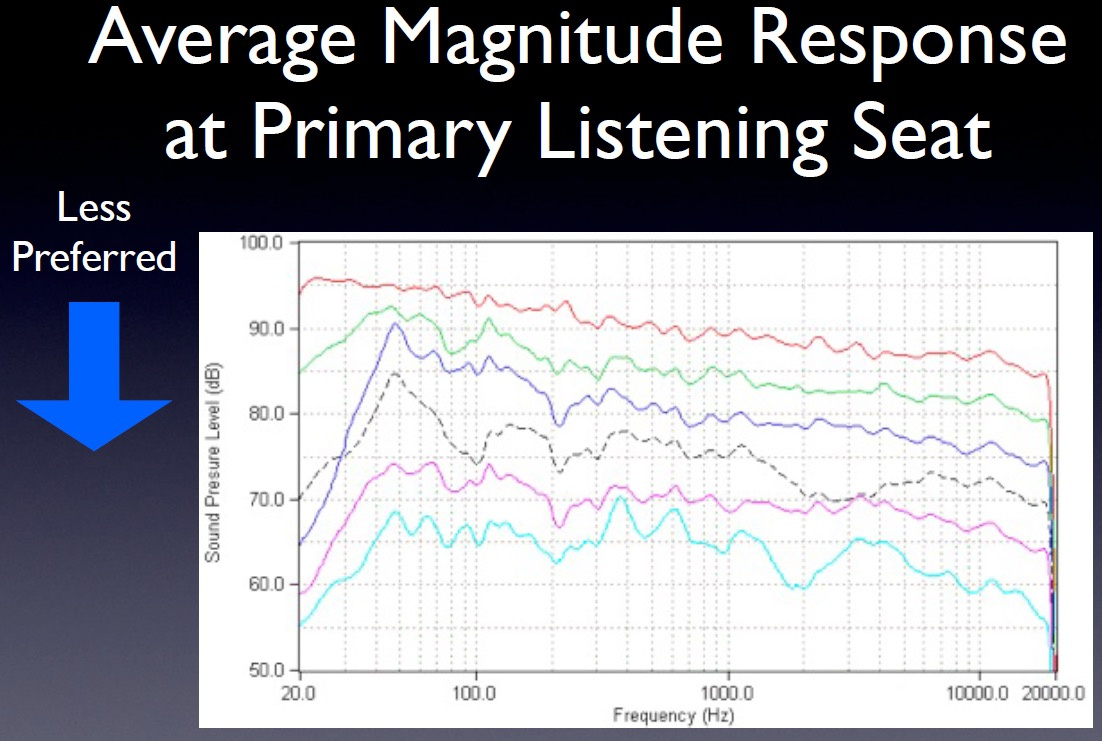
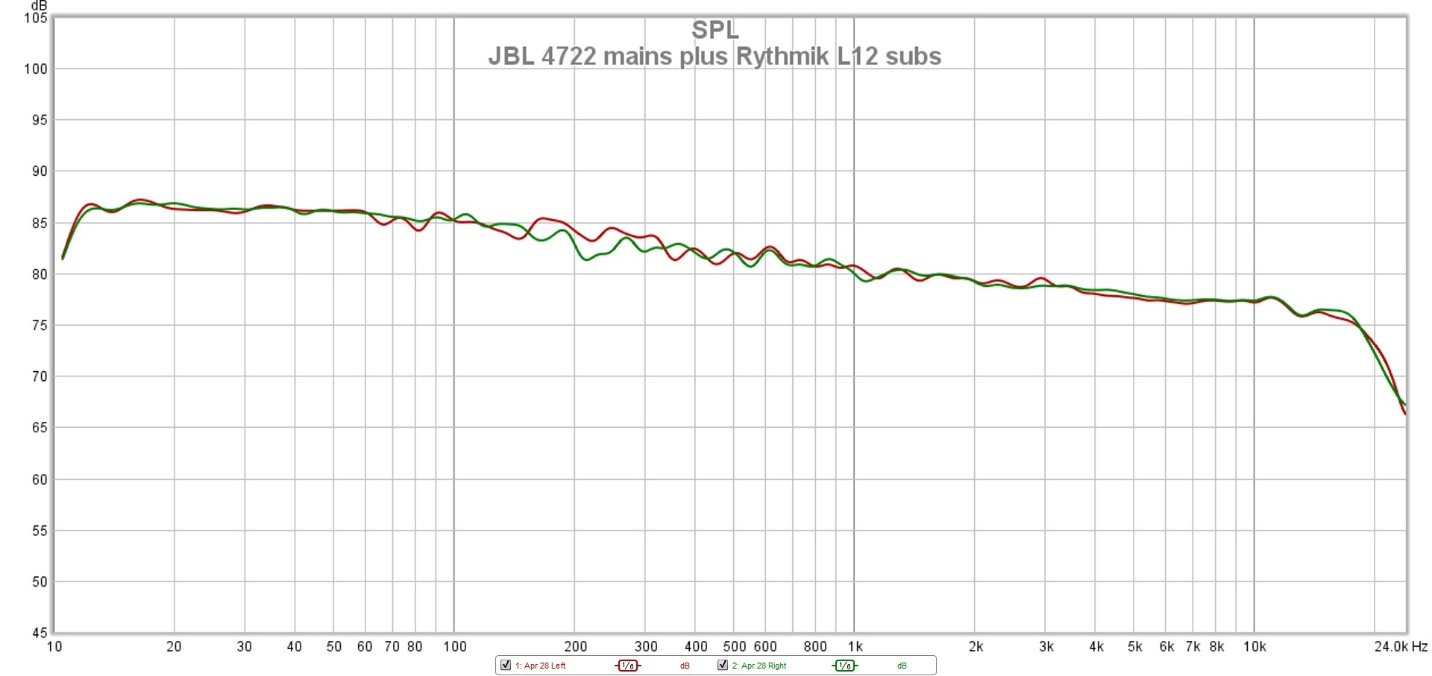

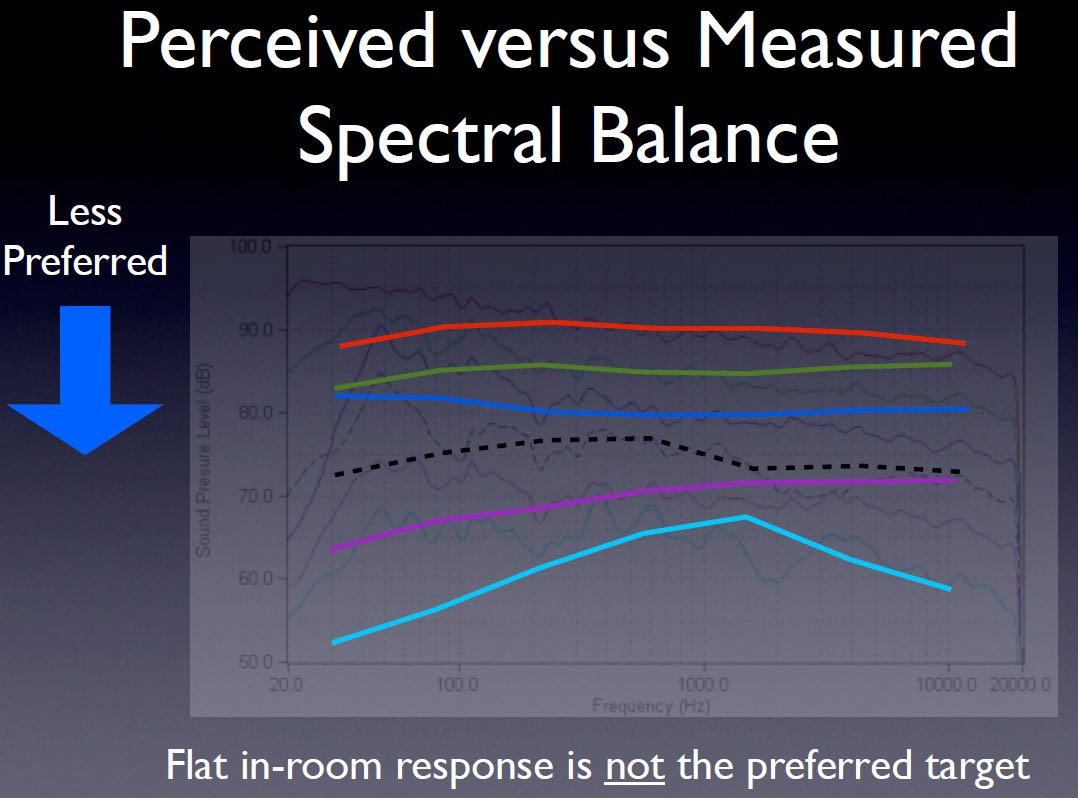
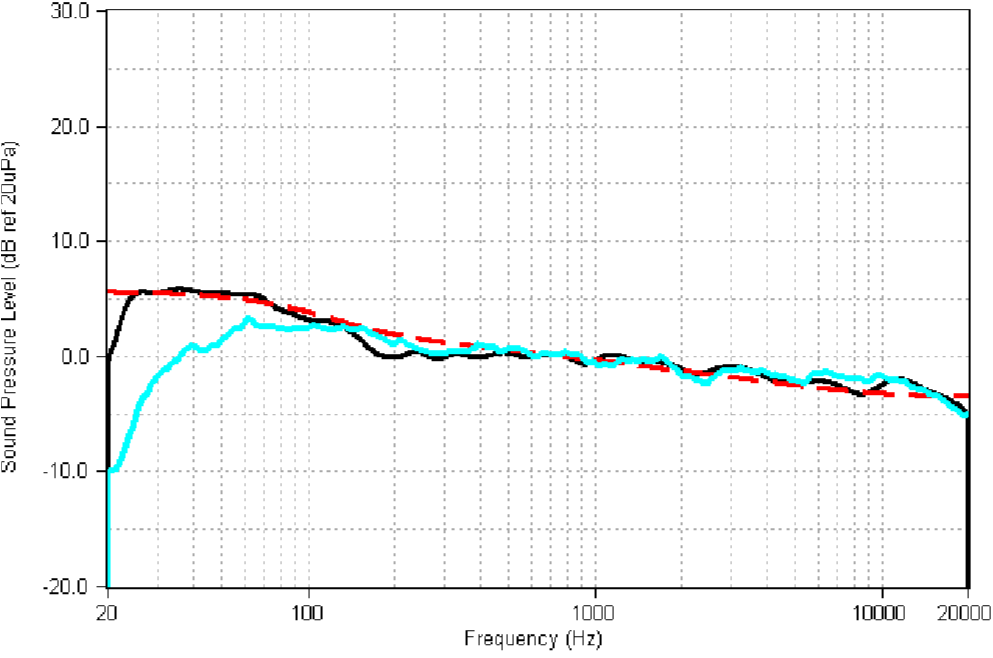
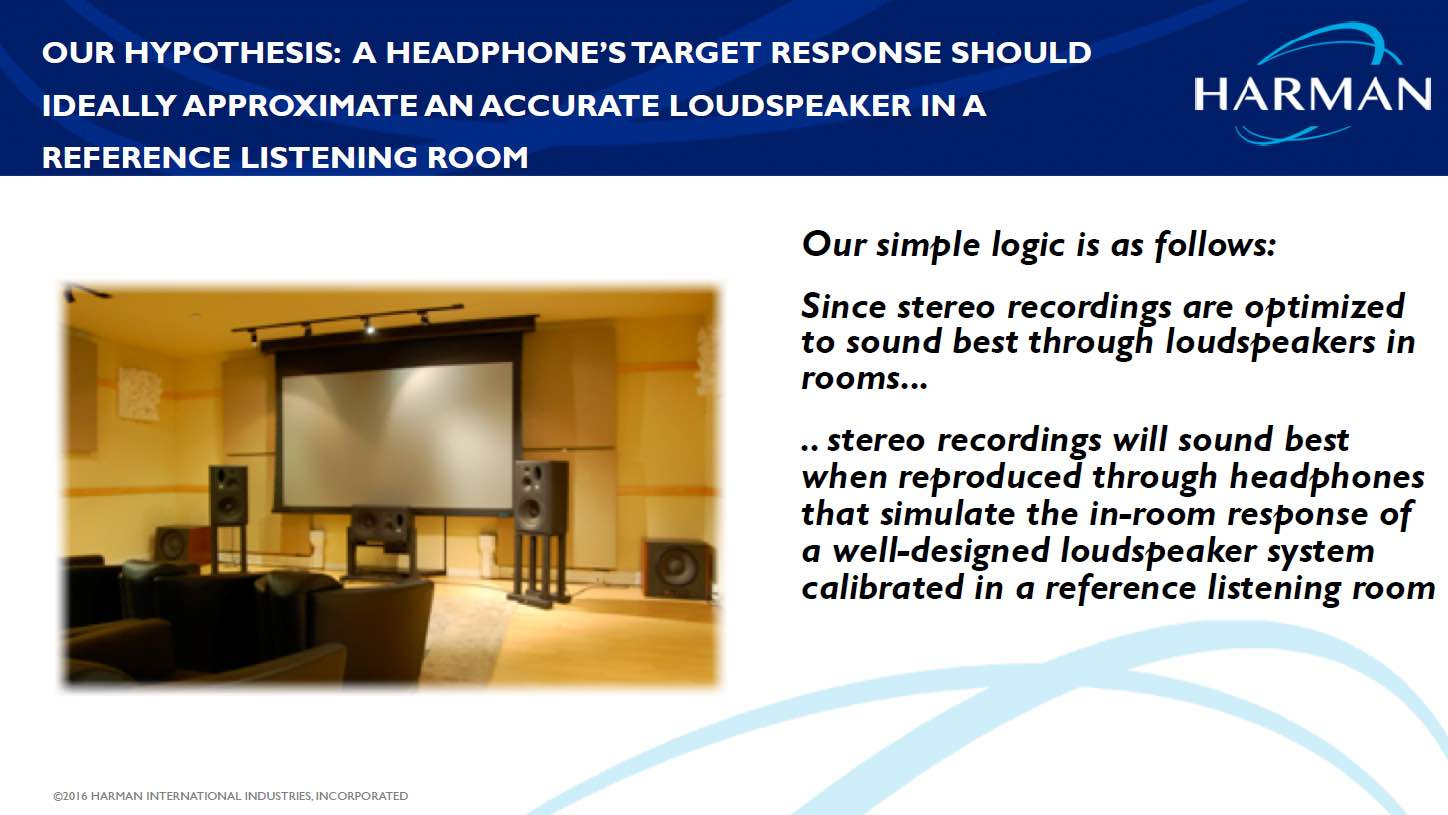
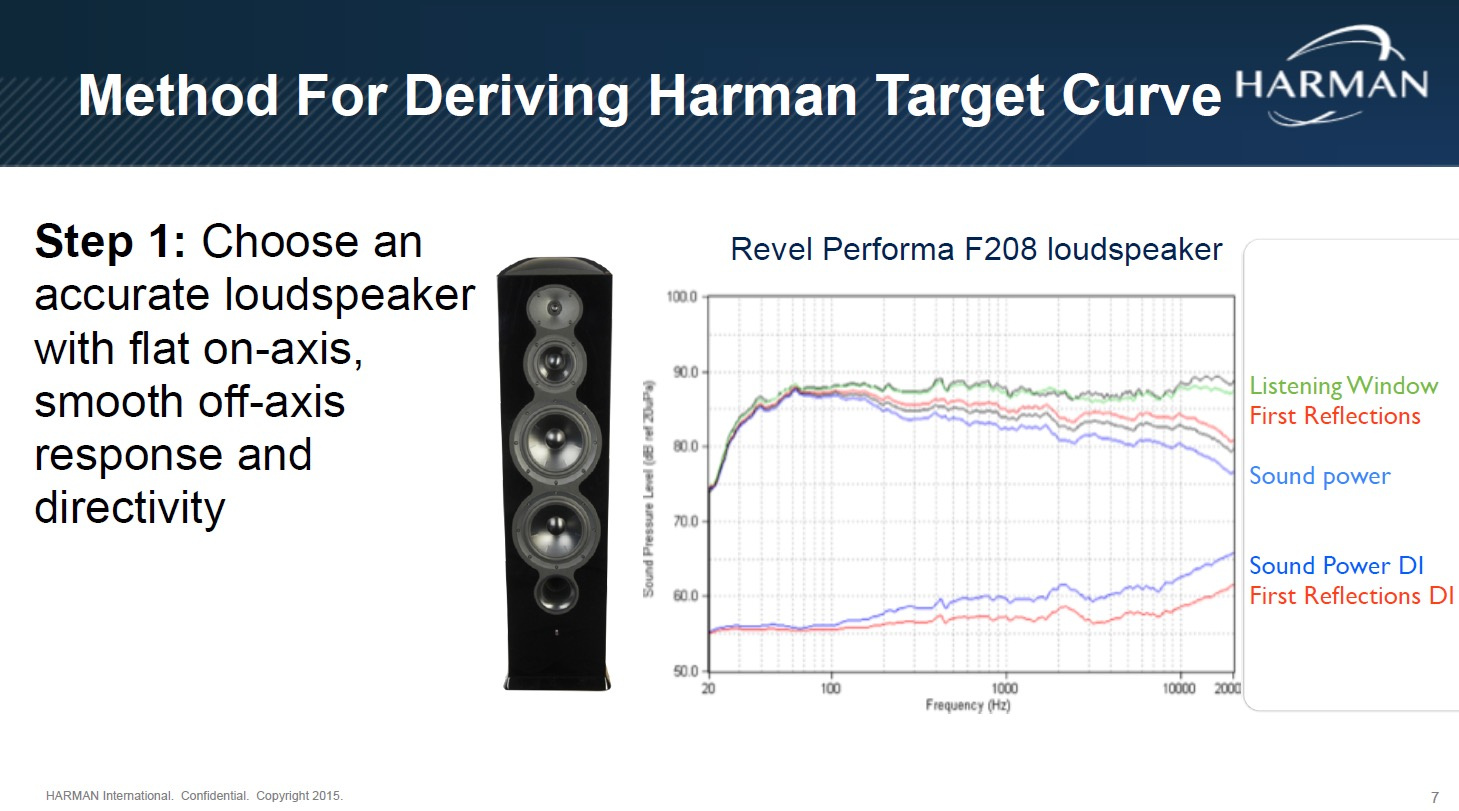



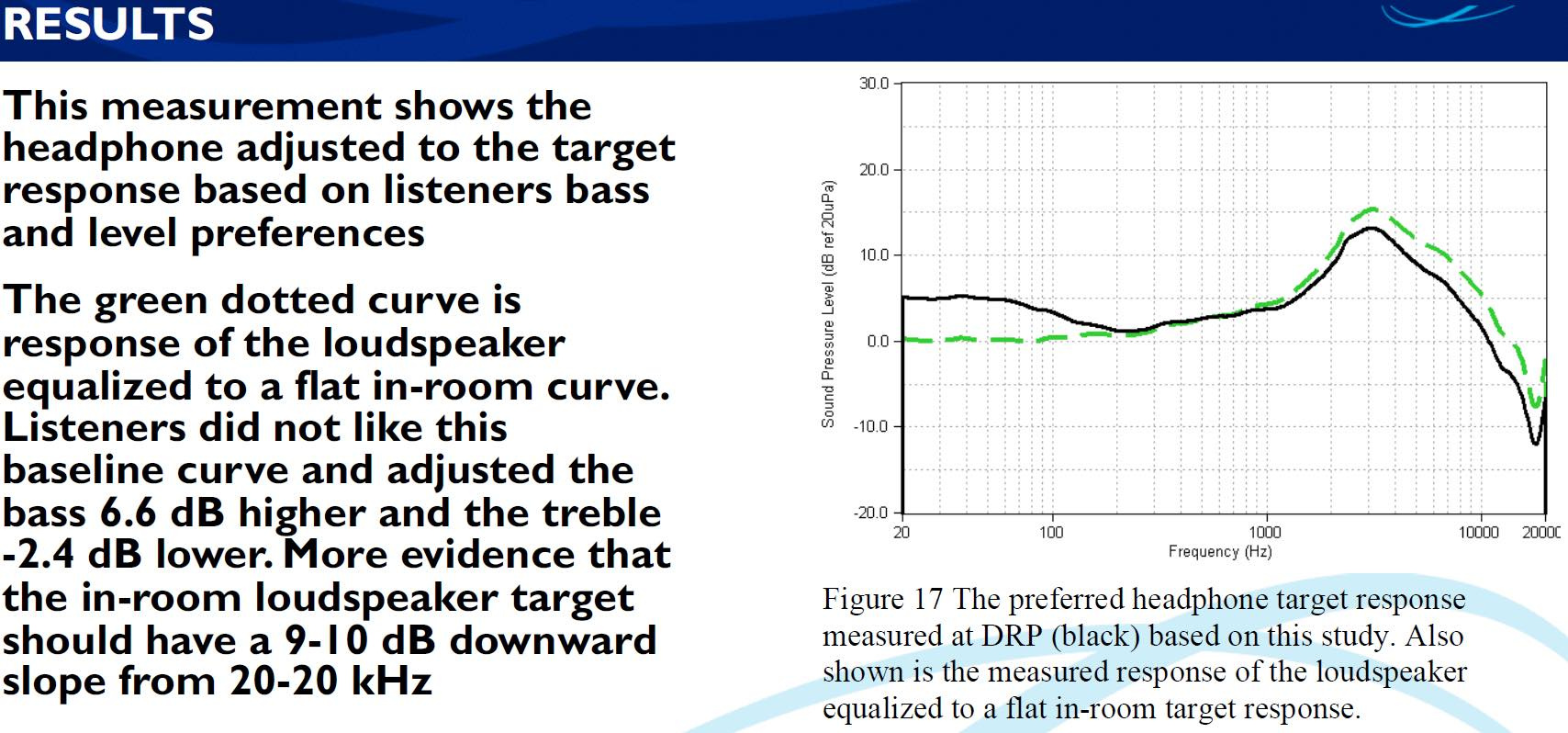

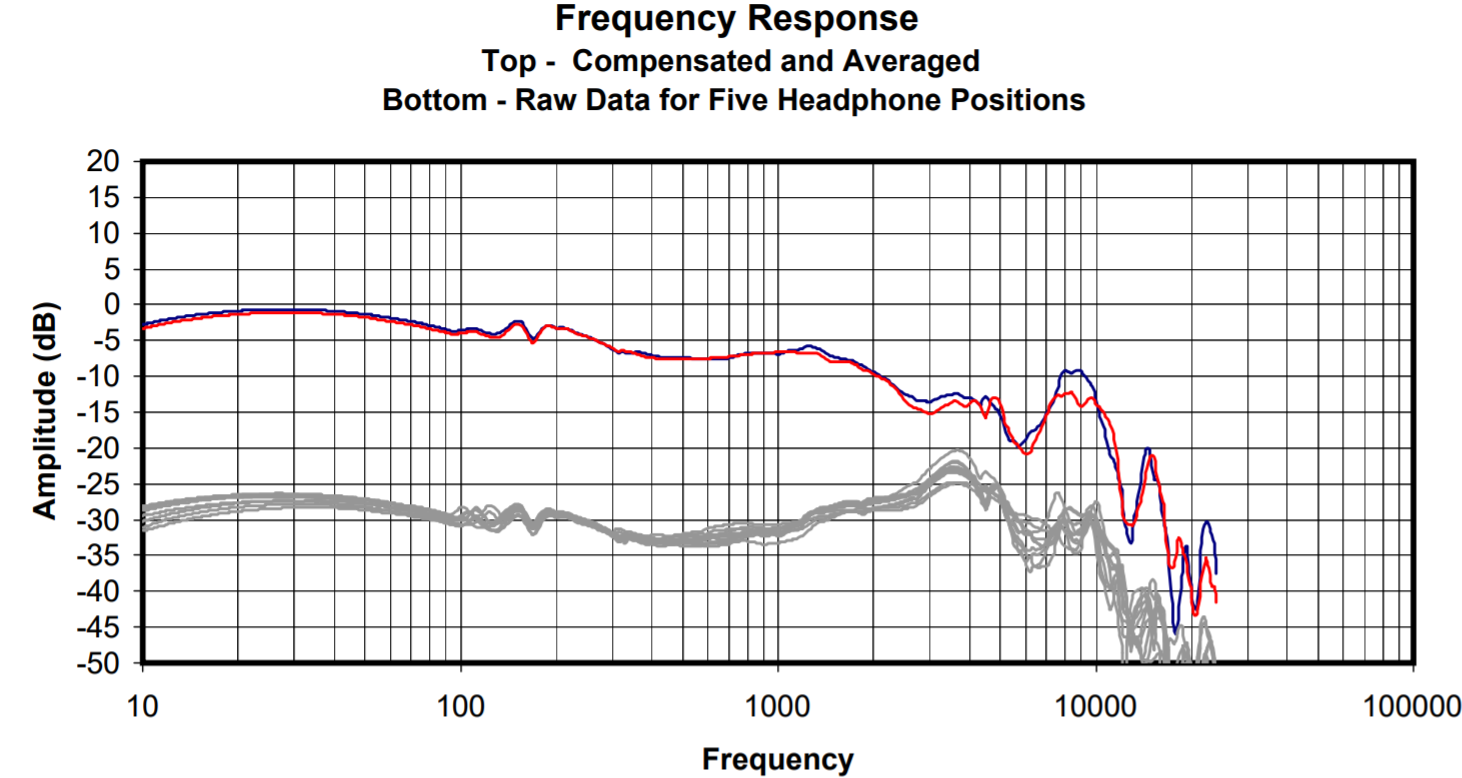

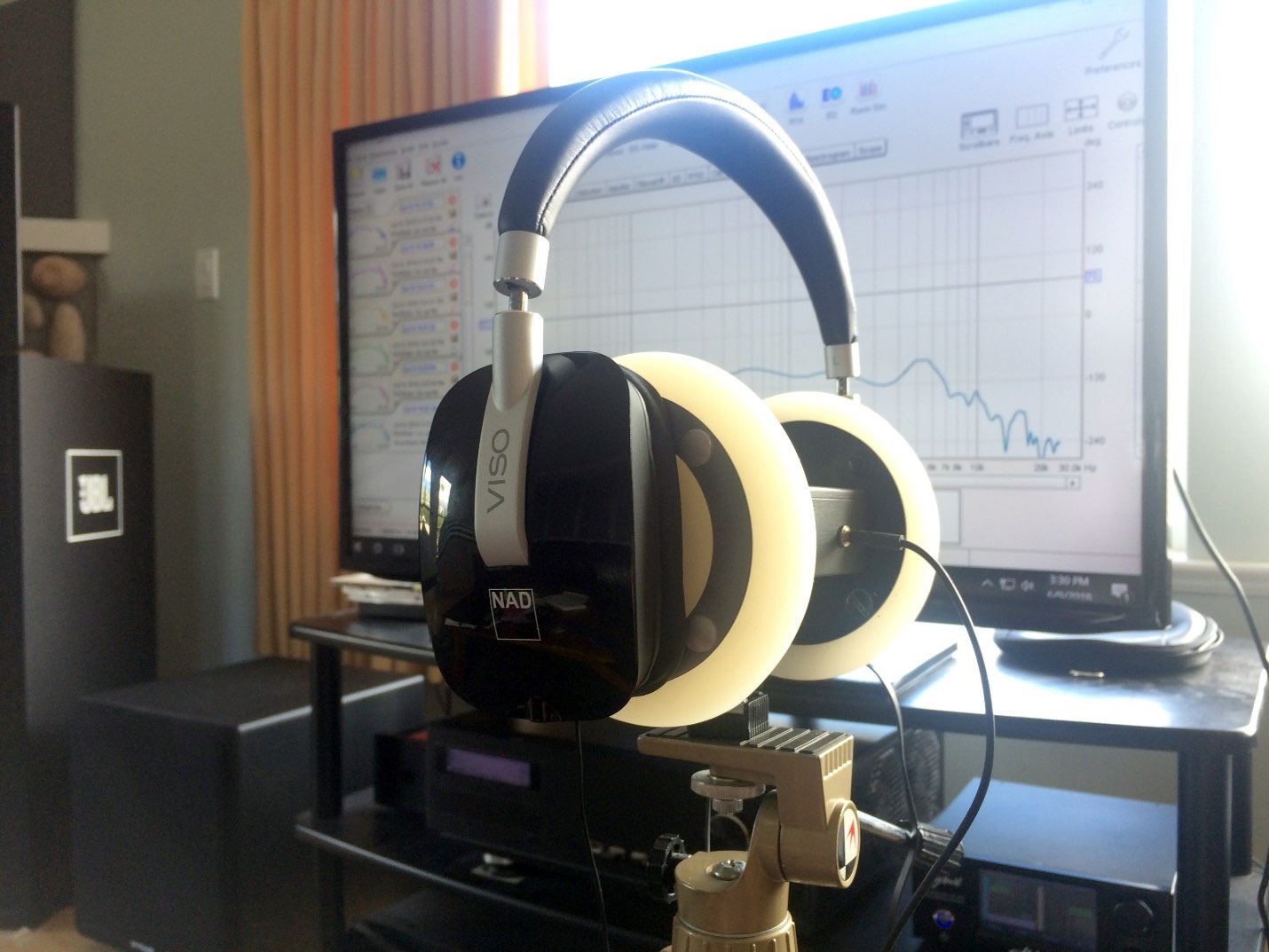
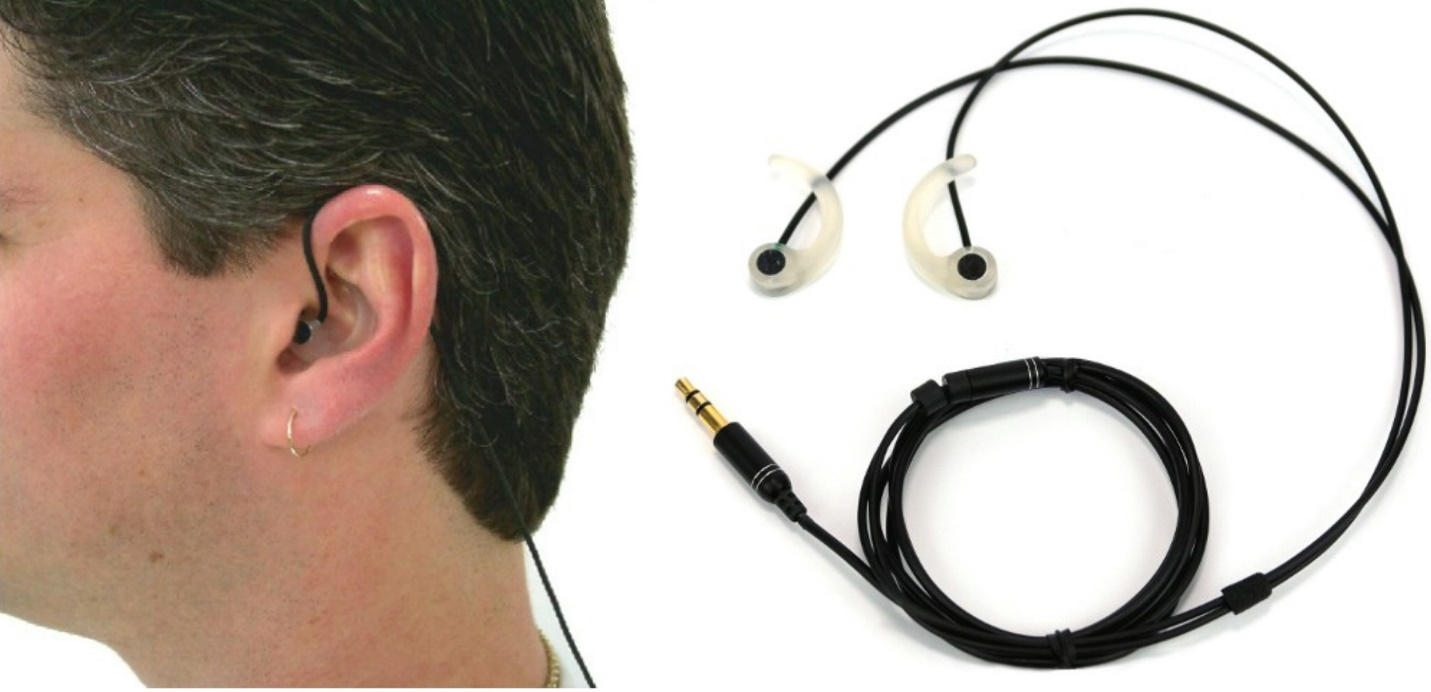
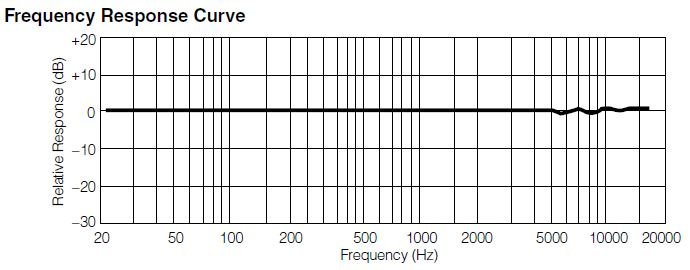


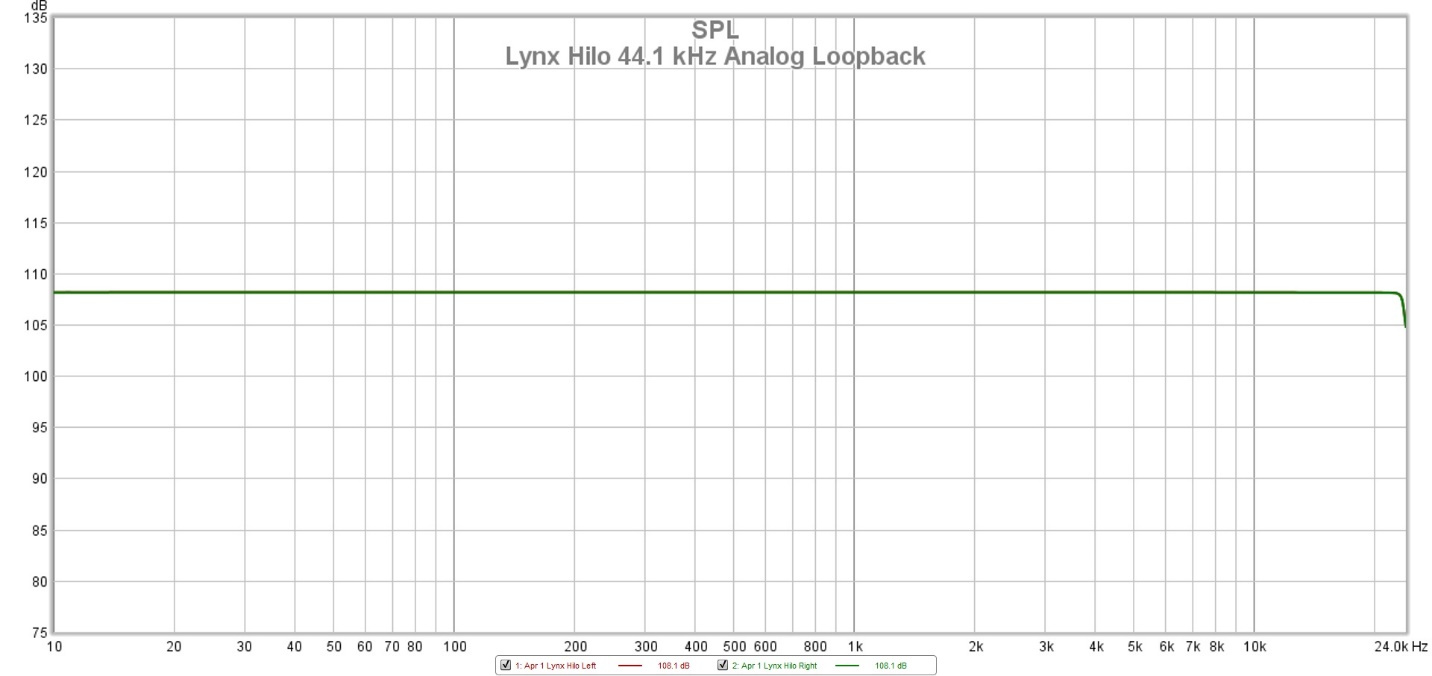
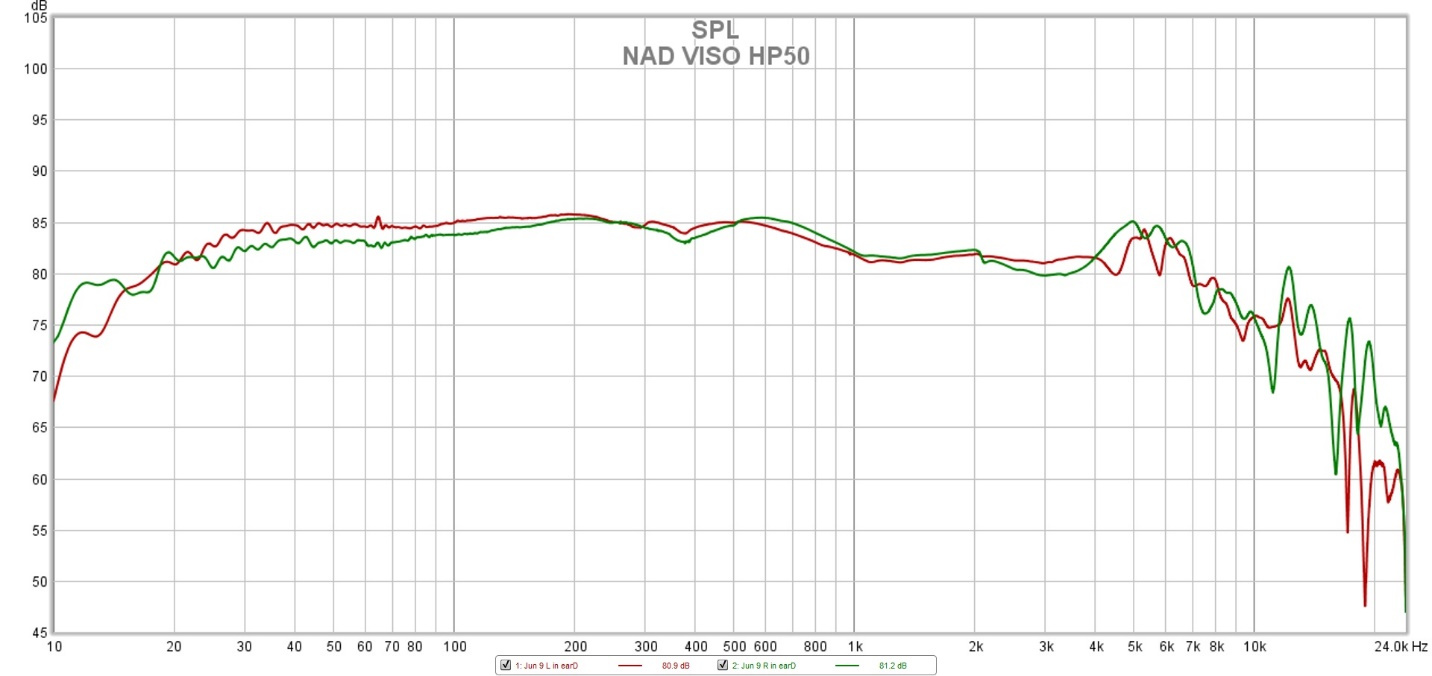
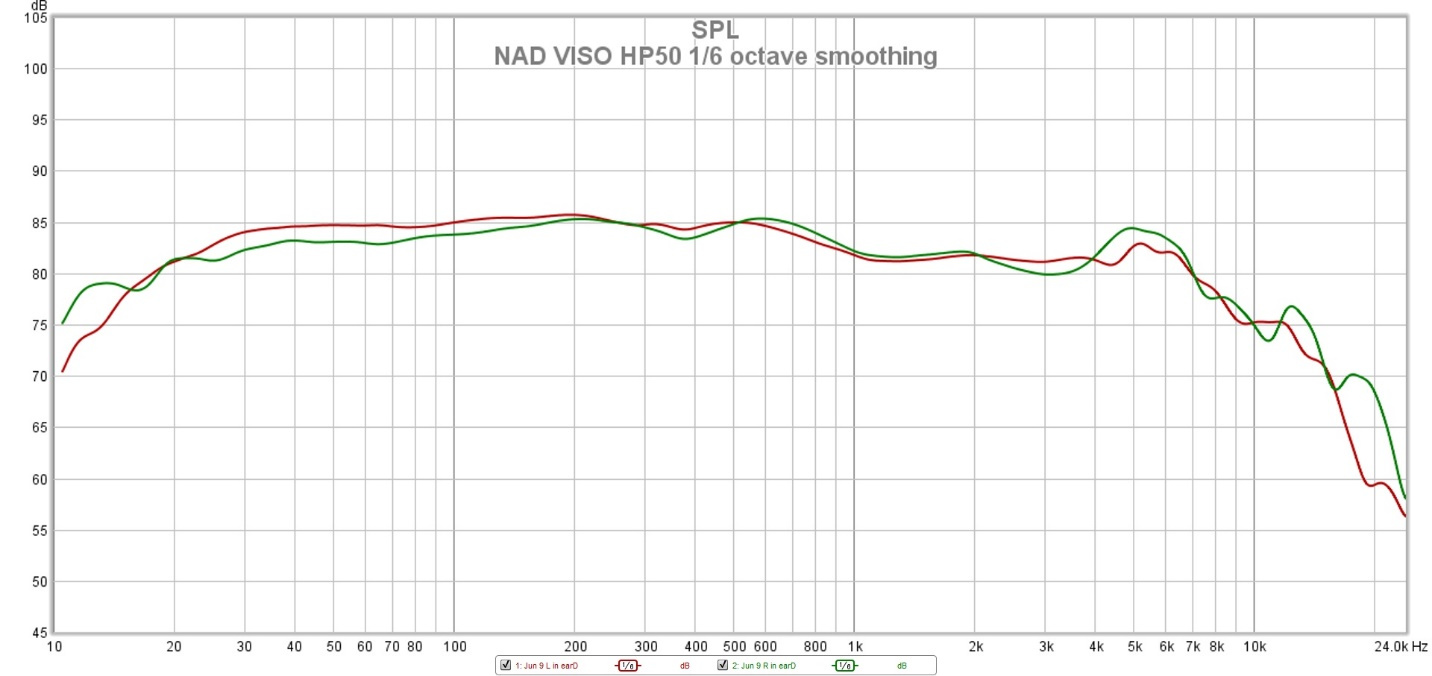
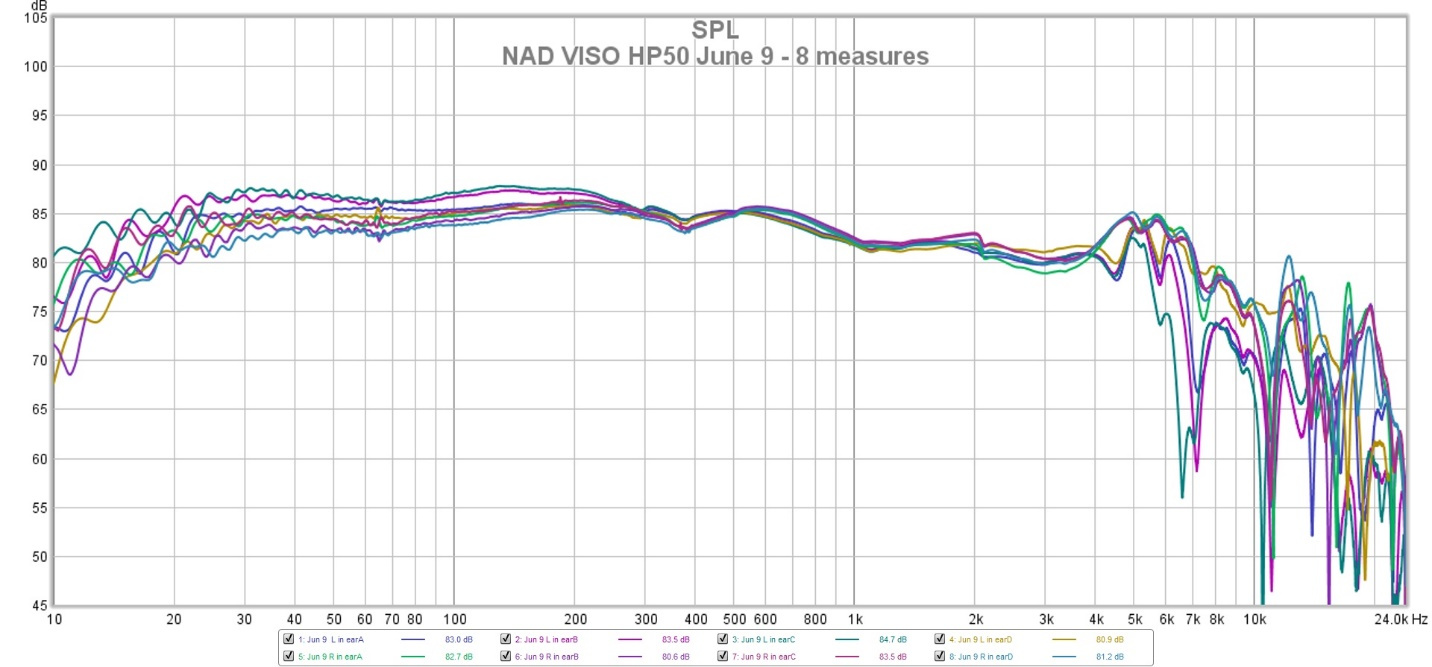
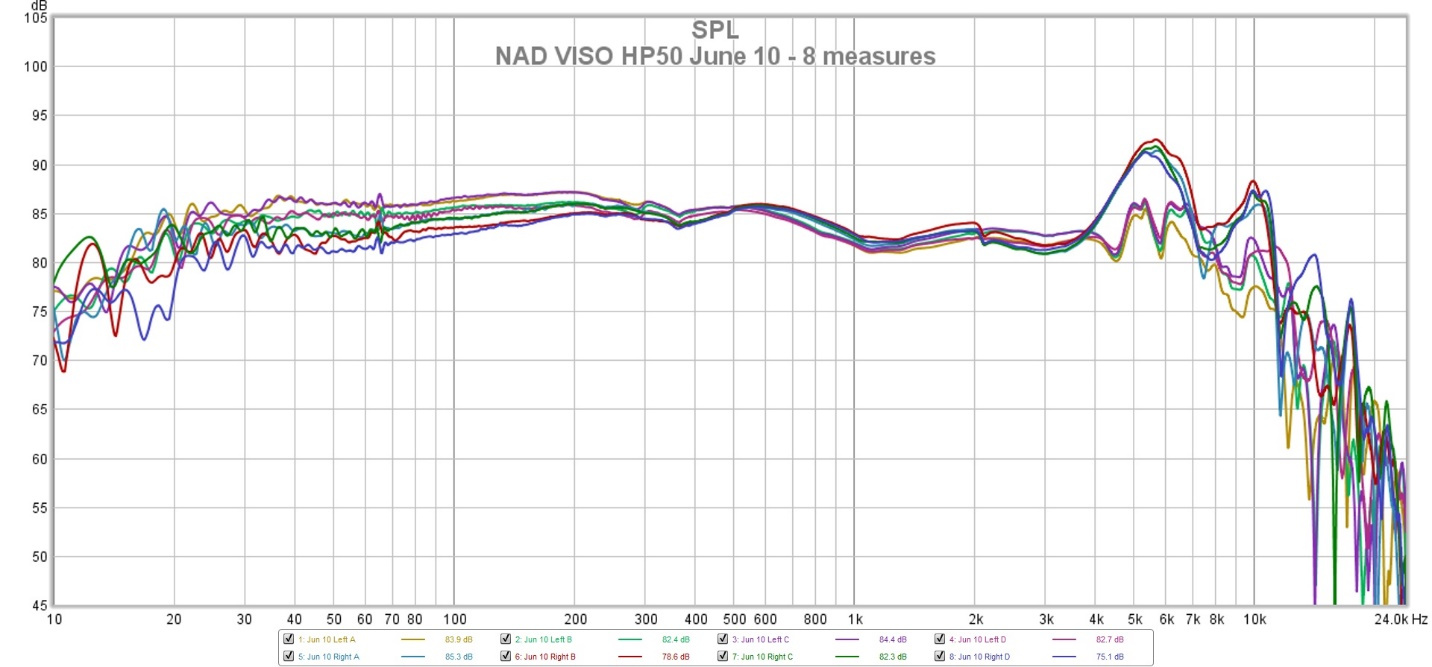
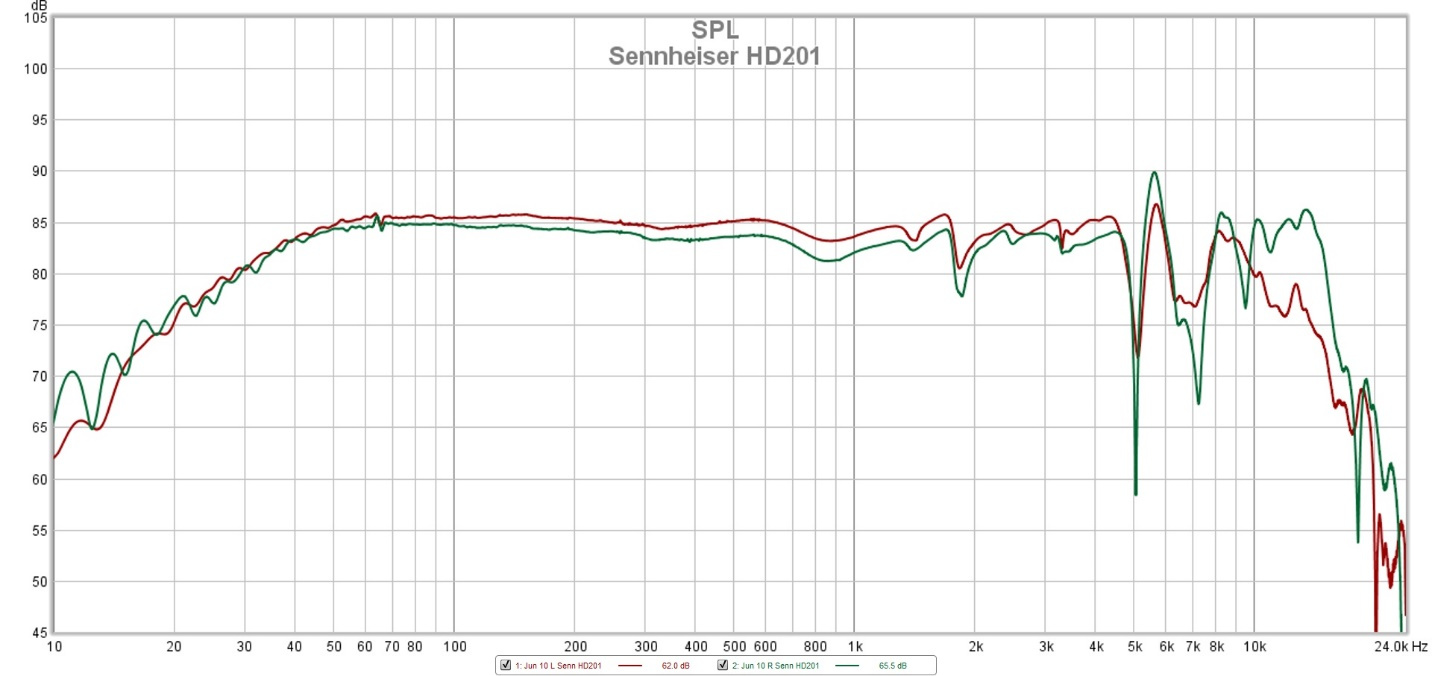

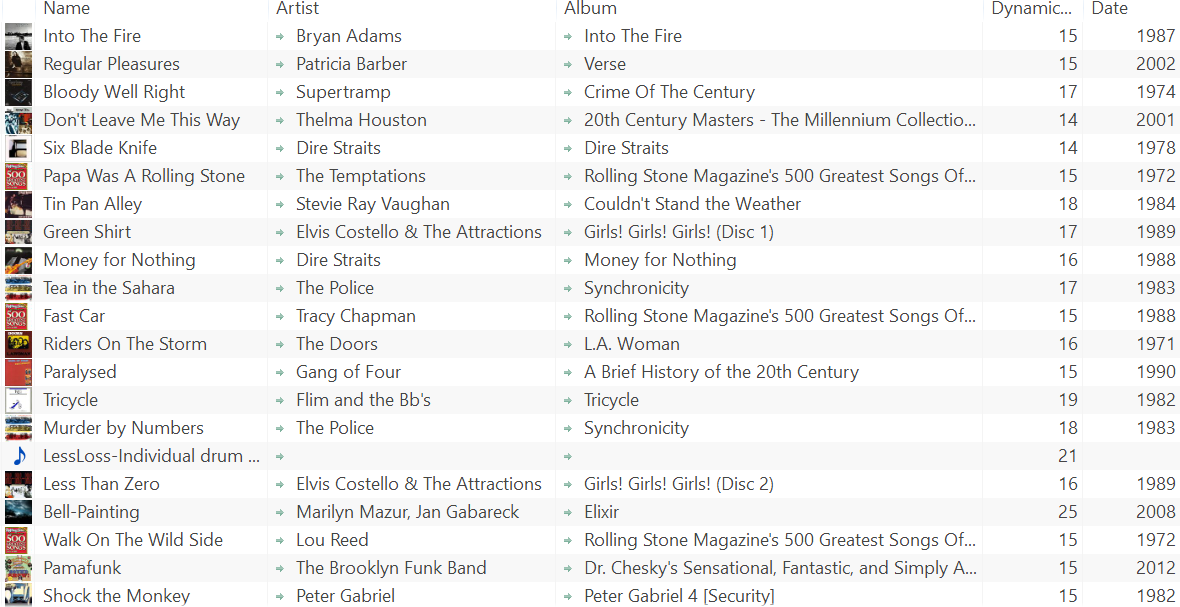












Recommended Comments
Create an account or sign in to comment
You need to be a member in order to leave a comment
Create an account
Sign up for a new account in our community. It's easy!
Register a new accountSign in
Already have an account? Sign in here.
Sign In Now